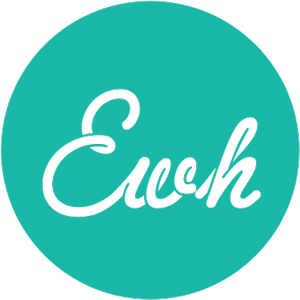
Capturing, Organizing and Developing Ideas
 In December I wrote about being ready to receive – and record – ideas whenever and wherever they come. I also mentioned a few tools I use to capture inspiration when the moment strikes, such as special notebooks, digital recorders (I use an Olympus VN-6200PC), Dragon Dictation (an app on my iPhone that turns my voice into instant text), and the Notes app which looks like a post-it note or yellow legal pad in digital form. Other folks I know use Post-its or index cards and move them around the floor or the wall. Many use Google Docs – which can be accessed from any where in the world via computer, as everything is stored in ‘the cloud.’
In December I wrote about being ready to receive – and record – ideas whenever and wherever they come. I also mentioned a few tools I use to capture inspiration when the moment strikes, such as special notebooks, digital recorders (I use an Olympus VN-6200PC), Dragon Dictation (an app on my iPhone that turns my voice into instant text), and the Notes app which looks like a post-it note or yellow legal pad in digital form. Other folks I know use Post-its or index cards and move them around the floor or the wall. Many use Google Docs – which can be accessed from any where in the world via computer, as everything is stored in ‘the cloud.’
Lately I’ve been experimenting with mind-mapping to further organize and flesh out an idea. This is an invaluable exercise that involves doing a ‘brain dump’ of everything related to the idea in one area. Once you have everything down, it becomes much easier to see how the idea might be organized. It literally begins to take shape before your eyes. The traditional way to mind map is to scribble every associated thought, image, word etc. onto a large piece of paper, then draw lines connecting those that are related, and continue reorganizing accordingly. You can also do the same thing on a white or chalk board. If you’ve moved into the digital world, there are a number of mind-mapping software programs worth experimenting with – a few to check out are FreeMind (free), MindJet (paid) and SimpleMind (paid). Most of them provide an app version as well.
Whatever method you choose to use, I highly recommend keeping an ideas file, folder or notebook, in which to consolidate everything. You never know when you’ll use something – whether it’s an idea for an entire book, a compelling character or just a great line – and this way you’ll always know where to find it.
